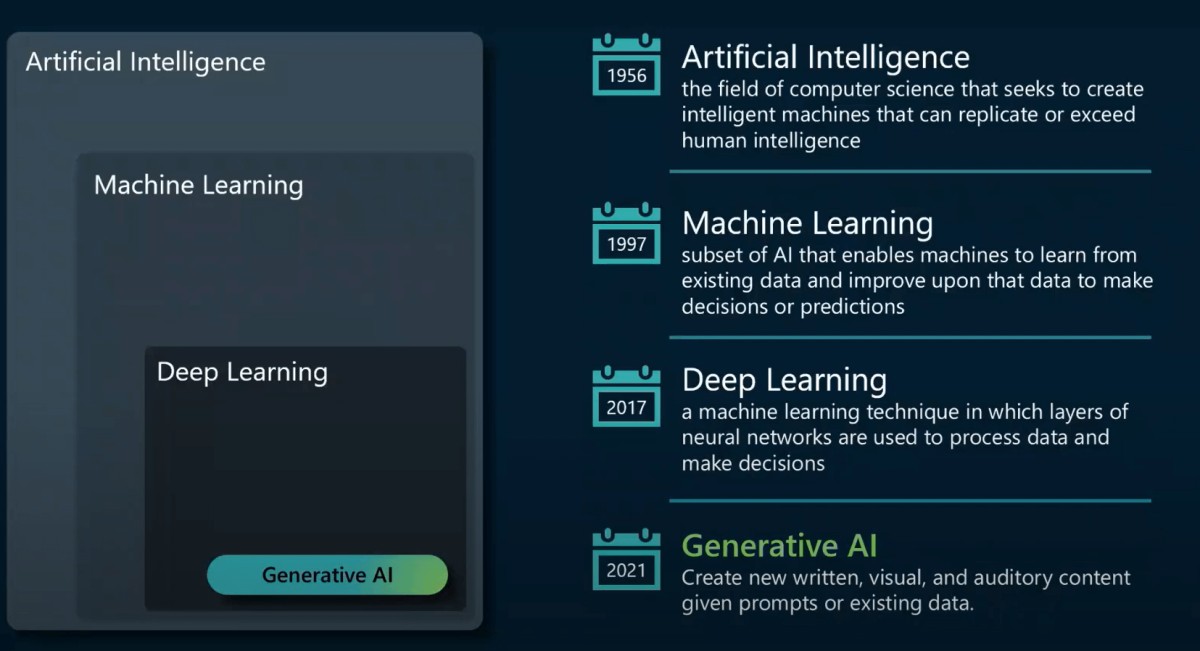Artificial Intelligence (AI) is revolutionizing the way we interact with technology and solve complex problems. It mimics human intelligence by learning from data, recognizing patterns, and making decisions.
From personalized recommendations on streaming platforms to self-driving cars and advanced medical diagnostics, AI has seamlessly integrated into everyday life, shaping industries and redefining the future of work. Among its many advancements, generative AI—a branch that focuses on creating content such as text, images, and music—has captured significant attention, with tools like OpenAI’s ChatGPT leading the way.

In recent years, generative AI systems such as OpenAI's ChatGPT have sparked the emergence of a new and intriguing field called Prompt Engineering.
This discipline serves as a critical link between people and AI, focusing on how to effectively design prompts specific input instructions that guide AI systems to produce meaningful and accurate outputs. Prompt engineering raises some interesting questions: Is it a creative endeavor, a technical science, or perhaps even a career path with untapped potential?
The Art of Prompt Engineering
At its core, prompt engineering involves creativity. It’s an art because:
- Contextual Framing: Crafting a prompt requires an understanding of nuance, tone, and specificity.
- Iterative Refinement: Like writing or painting, perfecting a prompt often involves trial, error, and adjustment.
- Human Intuition: The best prompts are often intuitive, anticipating the AI’s potential responses and aligning them with the intended outcome.
The Science Behind Prompt Engineering
Prompt engineering isn’t just guesswork; it’s deeply rooted in logical structures and systematic experimentation:
- Understanding AI Models: Knowing how language models interpret and prioritize input makes prompt engineering a technical endeavor.
- Data-Driven Approach: Analyzing and testing prompts against varied scenarios ensures consistent and reliable results.
- Structured Frameworks: Techniques such as chain-of-thought prompting and zero-shot or few-shot learning introduce scientific methodologies to refine responses.
Your Next Job Title?
The demand for AI expertise has skyrocketed, and prompt engineering is becoming a sought-after skill. Professionals skilled in crafting prompts can:
- Optimize chatbot and virtual assistant interactions.
- Enhance content creation processes.
- Build robust AI-powered tools tailored for businesses.
Some companies are even hiring Prompt Engineers, offering lucrative salaries for individuals who can unlock the potential of generative AI systems.
A Look into the World of Prompt Engineering
To explore this fascinating discipline, check out the video below:
Final Thoughts
Prompt engineering is a unique blend of art and science. It requires creativity, technical expertise, and a deep understanding of AI behavior. As generative AI continues to reshape industries, mastering prompt engineering could be your key to staying ahead in the tech-driven job market.
So, what do you think? Is prompt engineering an art, a science, or your next job title?
See Also